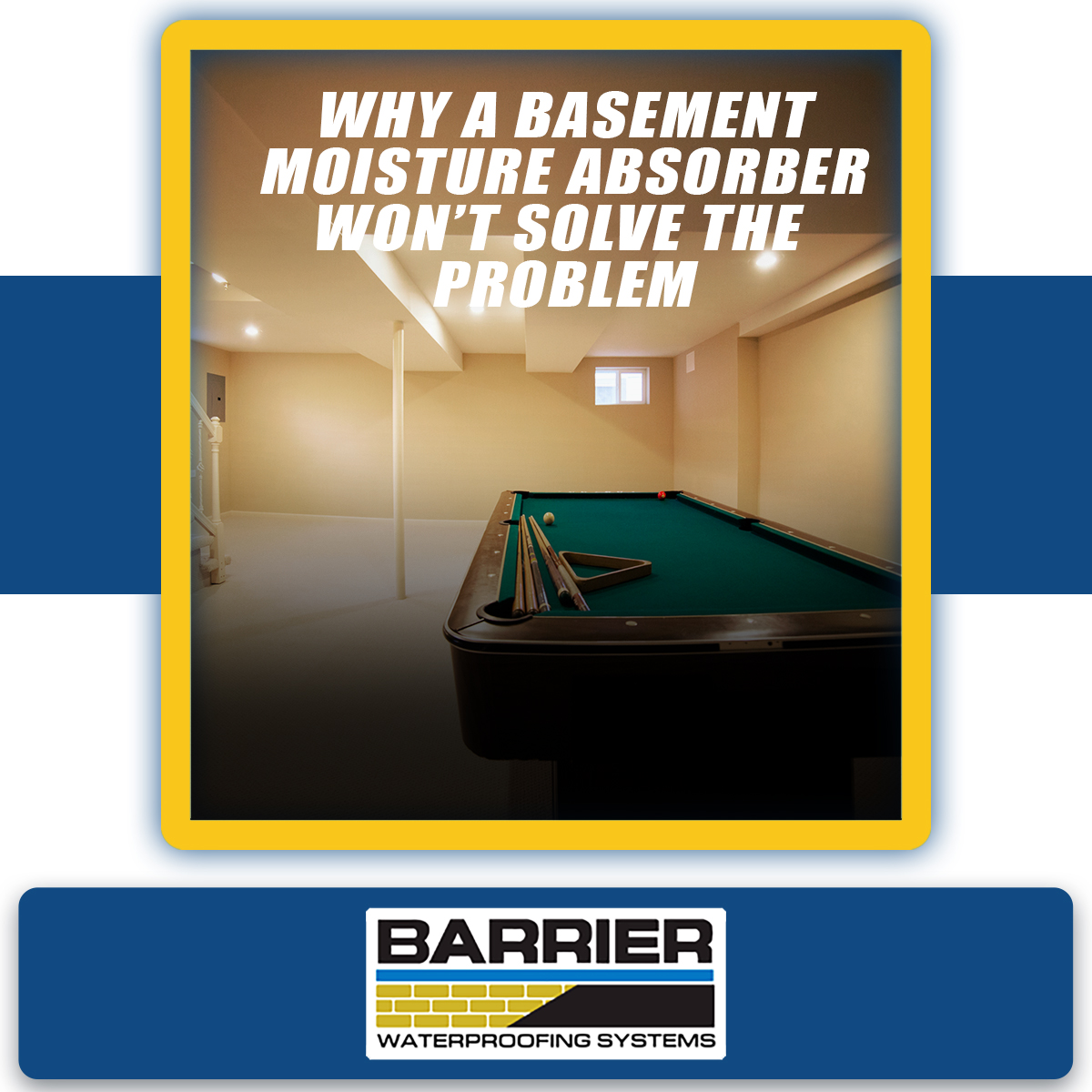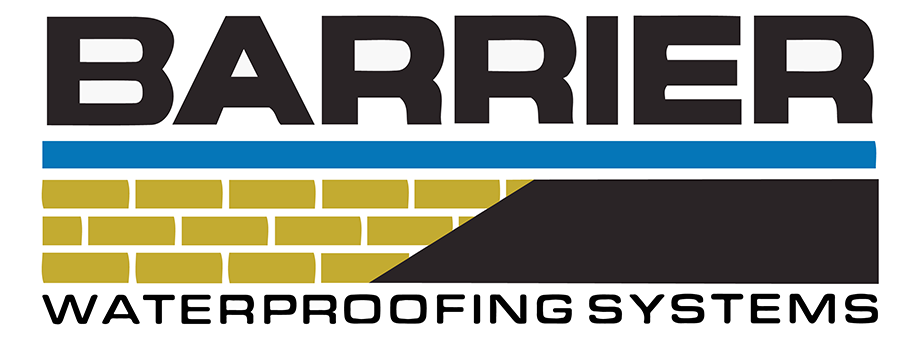Basement moisture is all but inevitable for a big majority of homeowners. It is the cause of some serious problems for homes, ranging from structural damage to deadly mold growth that is harmful to your health. Unfortunately, a small amount of moisture can quickly grow into a major issue. On the bright side, there are basic yet significant ways to manage basement moisture issues that can help you. One of the proposed solutions you might find is a basement moisture absorber that we will address later in this article.
Basement dampness is so often experienced it can be perceived as normal. It is never a good idea to get so familiar with basement dampness that you consider it a regular condition. Moisture in your basement, no matter how prevalent, will always present an issue. These kinds of basement problems can be solved if you know how to get help to manage them properly.
Basements develop indicators of excess moisture levels that aren’t always as obvious as a pool of water on the floor. In reality, dampness may manifest itself alongside basement construction in various ways. Here is a basic rundown of what you need to look for when evaluating your basement for signs of excess moisture:
- Water seeping in from cracks in the walls
- Concrete walls with a ring of dampness at the base
- Walls and floors collecting condensation
- Walls that are stained or blistered
- Surfaces that are damp to the touch
- Feeling of moist air when breathing or moving around
- Standing water accumulating on the floor
- Deteriorating carpet or wood
- Columns, headers, and joists that are beginning to warp
- Mold or mildew odor
What are the most common causes of basement moisture, and how do I fix them?
So, what precisely causes dampness in basements of residential homes? Put basically, the most common cause of basement moisture is created by leakage. However, leaks can be dealt with in a number of ways. Be aware that not all fixes you can choose will effectively solve the problem! Depending on which one you choose, you might experience disappointing results that require you to perform the work all over again in the near future.
Patch-it-up-type fixes, like basement moisture absorbers, only work to remedy the effects of the problem on the surface and for a temporary amount of time. As they absorb moisture in the air, you will feel less dampness in your basement for the time it takes to have to replace the product. Behind the scenes, however, moisture will continue to intrude your basement space and inevitably cause damage over time while doing so.
Our team of experts here at BARRIER recommends choosing professional water remediation services to ensure the moisture intrusion is stopped once and for all. Some of the most effective methods below might just be what your family needs to improve their quality of life.
1. Interior Water Leakage
Although it is obvious, you should always check for internal leaks first when attempting to manage and figure out the cause of dampness in your basement. Determine the common water sources present and whether or not something is leaking in that region. For instance, a water leak may occur in any location where there is a shower, sink, toilet, or washing machine. A dishwasher with a broken pipe needs proper maintenance to prevent it from causing a lot of water damage.
How to Fix It: An internal leak is usually one of the easiest issues to resolve. Fix the leak (or get a plumber to do it), and the moisture should completely stop intruding from that source.
2. Ineffective and Unusual Grading
Due to a poor grading system, groundwater can frequently find its way inside the basement space. The foundation should slope away from the house, not towards it. Water will build up against your foundation and eventually enter in if it is set up to drain in the wrong direction. This can also happen when the backfill surrounding your foundation (earth that was once dug out for construction then replaced once the job was done) wasn’t compacted properly.
How to Fix It: Create a slope away from your house by piling earth around your foundation in the proper way. This should be a minimum of one inch per foot for at least 6 feet.
3. Gutters with Downspouts that are Missing or Defective
The purpose of gutter and downspout systems is to redirect rainwater away from your home’s foundation. Rainwater is typically directed towards your foundation if gutters and downspouts are missing or not working correctly. Once the water begins to collect around your foundation, it will almost certainly find its way into your basement.
How to Fix It: You need to consider installing gutters. Existing gutters should be cleaned on a regular basis to ensure that they are in good working order. At least one downspout should be installed for every 50 feet of the roof eave. All downspouts should have extenders installed to disperse water at least 4 feet away from the foundation.
4. Common Foundation with the Major Cracks
If there are cracks in fundamental foundation walls, water will find them and then find its way into your basement. In fact, in many cases, water may have caused the cracks! If the water does not flow away from your foundation and instead collects against its walls, the pressure (called hydrostatic pressure) can drive the water into the walls. The walls may then slide about if the floor joists are not properly connected to the foundation walls, resulting in fractures. Any gap, no matter how little, can allow water to flow into your basement.
How to Fix It: Your options will differ depending on the reason for the fractures. If the fractures are caused by hydrostatic pressure (water gathering around the foundation), improving your outside drainage should take care of the problem. The cracks will still need to be fixed, however. If structural issues caused the fractures, adequate footing support and connections should be installed to close the gaps. To read more about how to repair foundation cracks, click here.
5. Poor Drainage Tile and Sump Pit
Many dwellings do not have an underground drainage system. An under-the-floor drainage system was not necessary for older homes since basements were not often meant to be habitable. Newer homes with drainage systems typically have problems with them. This might be because of a clogged pipe, a damaged connection, or a broken sump pump.
How To Fix It: Unfortunately, issues with your subsurface drainage system, or the addition of one where one was not previously there, are far more significant projects than any of the alternatives above. If you believe this is the source of your problem, you should seek involvement from professional services. Essentially, the process includes removing your flooring and installing an entire drain system coupled with a pump system.
Final Thoughts
To manage the dampness in your basement, it is always important to look after how well it handles exterior water. Moisture intrusion problems can be fixed with the help of available professional solutions like the ones we provide at BARRIER Waterproofing Systems! To learn more, simply give us a call at (615) 257-1060 | (931) 536-1168 or visit our website for more information.

